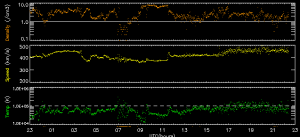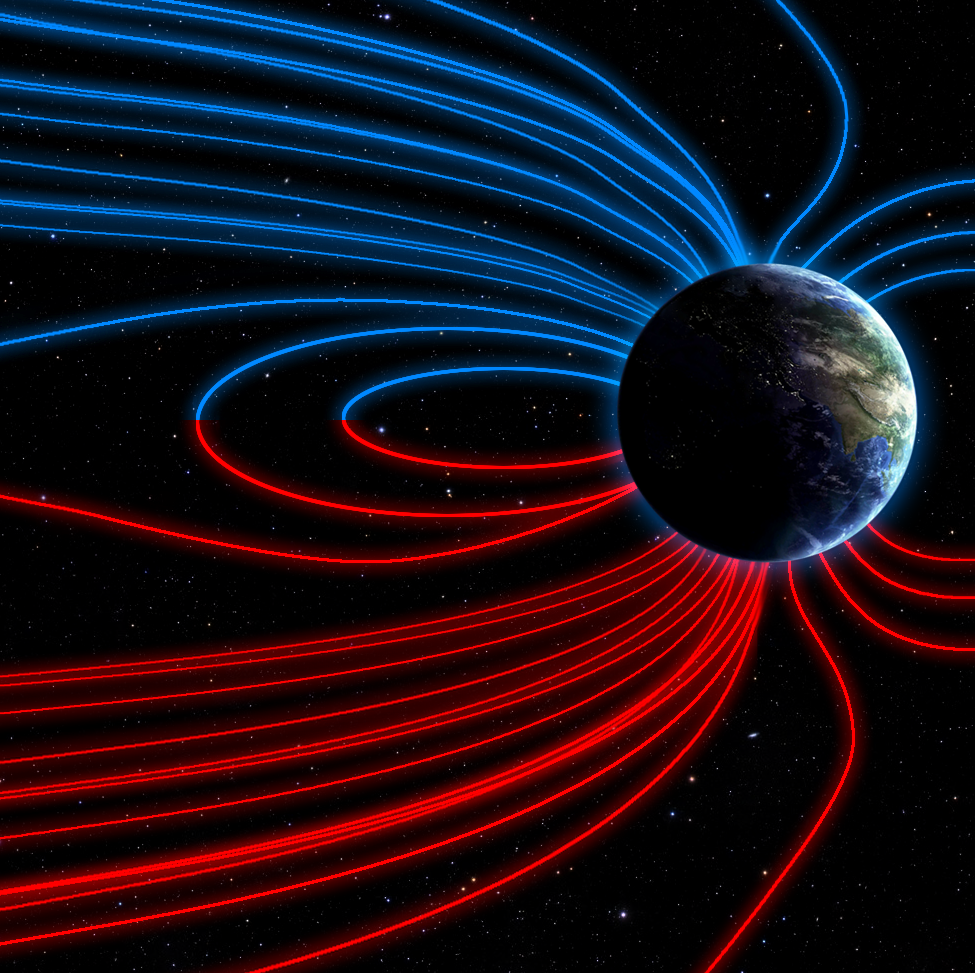Update: 5:35pm Eastern Time
Evening solar update available on YouTube
The earth-directed portion may stir geomagnetic instability but it is no-where near the level where we worry. Perhaps an aurora watch is warranted, but without further flaring we’re still all calm on the spaceweather front.
Solar wind speed indicates that we may be entering the coronal hole stream – initial plasma appears weak if indeed this is it. FYI, I consider these coronal holes that do not ramp speed above 550km/sec to be minor. 550-750km/s is a moderately powerful stream. 750+ begins to get strong. HOWEVER, it really all depends on the initial density shock, which have been lessened during this solar magnetic shutdown.
 (Click for zoomable image)
(Click for zoomable image)
Earthquake Condition Index: B. The global uptick is stable for now, we still may get an M6 or two before this next coronal hole comes in but the next uptick may take us to the next level. Greece remains at B+.
—
Update: 12:03pm Eastern Time
Mid-Day update necessitated by solar uptick and seismic notes.
We have seen our first M flare from the incoming sunspot groups, as noted in the morning news, it is indeed the active region furthest on the limb cresting now. It was a longer-duration flare and even at low M range, a large CME was produced. It is not earth-directed.
30 minutes before the M flare, a small filament in an earth-facing position released. I cannot see anything on the stereo spacecraft yet, but it should be visible, if relevant, on SOHO soon – but be careful not to confuse the M flare CME, which will come out of the 7/8 o’clock position.
We have larger rumbles in Papua New Guinea and the west coast of Canada. We are in a brief downtick in the condition index (B to B-) until the next coronal hole arrives in a few days.

